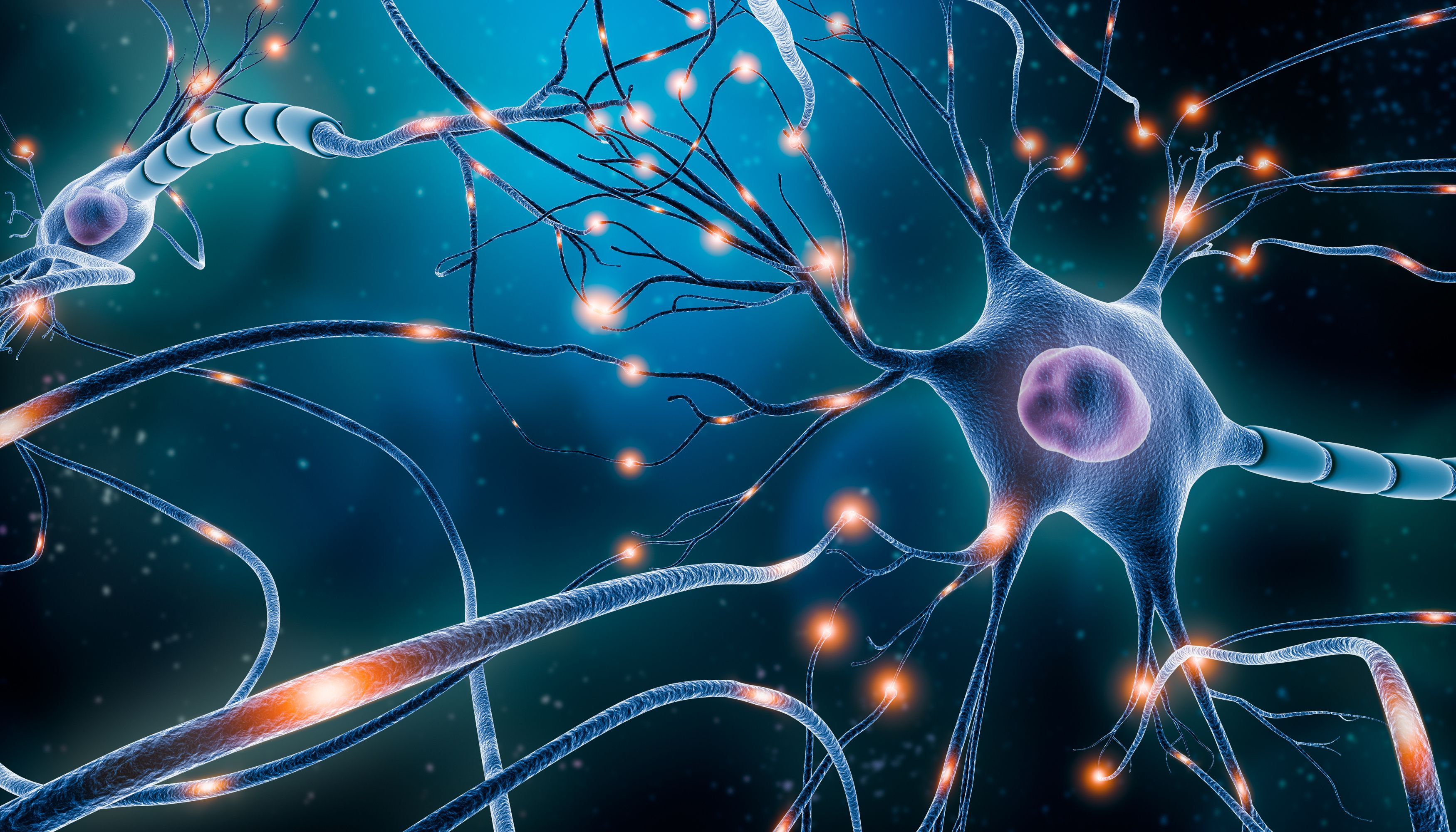Opinion
Video
Important Treatment Considerations With LDL-C– Lowering Therapies
Author(s):
Panelists discuss how the initiation of statin therapy requires careful consideration of contraindications and patient-specific factors, particularly in those with liver disease, renal impairment, or advanced age, while noting evolving treatment patterns toward more intensive low-density lipoprotein cholesterol (LDL-C)–lowering therapies based on individualized risk assessment.
Considerations for Statin Therapy Initiation and Intensification: Clinical Summary
Contraindications and Delayed Statin Initiation
- Absolute contraindications: Active liver disease, pregnancy/lactation, and severe hypersensitivity reactions
- Relative contraindications/caution:
- Advanced kidney disease (particularly on dialysis)
- History of statin-associated muscle symptoms
- High-risk drug interactions (particularly with CYP3A4 inhibitors)
- Frailty in older patients, especially those with limited life expectancy
Special Population Considerations
Liver Disease
- Baseline liver function tests recommended before initiation
- Mild-to-moderate liver enzyme elevations (less than 3 times the upper limit of normal) no longer considered a contraindication
- Start with lower doses and monitor frequently in compensated liver disease
- Consider withholding in decompensated cirrhosis or acute liver injury
Renal Impairment
- Dose adjustments recommended for more renally cleared statins (e.g., rosuvastatin and pravastatin)
- Increased risk of adverse events in advanced chronic kidney disease and dialysis patients
- Consider risk-benefit ratio carefully in end-stage renal disease as cardiovascular benefit may be attenuated
Older Patients (75 years and older)
- Individualized approach based on comorbidities, life expectancy, and frailty
- Primary prevention benefits less established in those older than 75 years without existing atherosclerotic cardiovascular disease (ASCVD)
- Start with lower doses and more gradual titration
- Greater emphasis on monitoring drug interactions due to polypharmacy
Evolution of LDL-C–Lowering Treatment Patterns
- Shift from target-based to risk-based treatment approach
- Increased use of combination therapy (e.g., statins plusezetimibe, or PCSK9 inhibitors)
- Earlier intensification for high-risk patients not meeting goals
- Greater emphasis on residual risk assessment beyond initial statin therapy
Factors Influencing Intensification Decisions
- Patient characteristics favoring intensification:
- Established ASCVD, especially with recurrent events
- Familial hypercholesterolemia
- Diabetes with target organ damage
- Multiple uncontrolled risk factors
- Younger patients with long-term risk exposure
- Considerations tempering intensification:
- Advanced age with limited life expectancy
- History of statin intolerance
- Polypharmacy concerns
- Patient preference and medication adherence challenges
- Cost/access barriers to advanced therapies
Related Content






